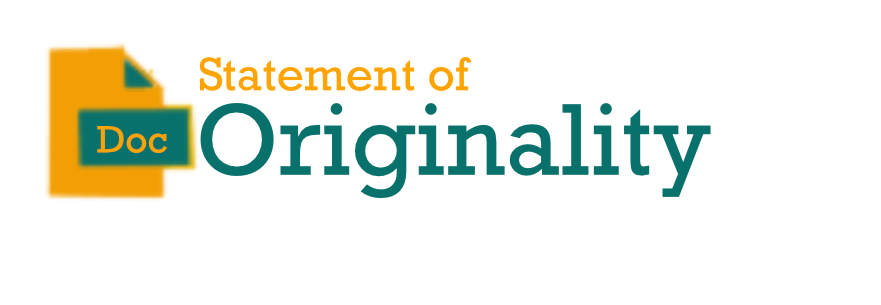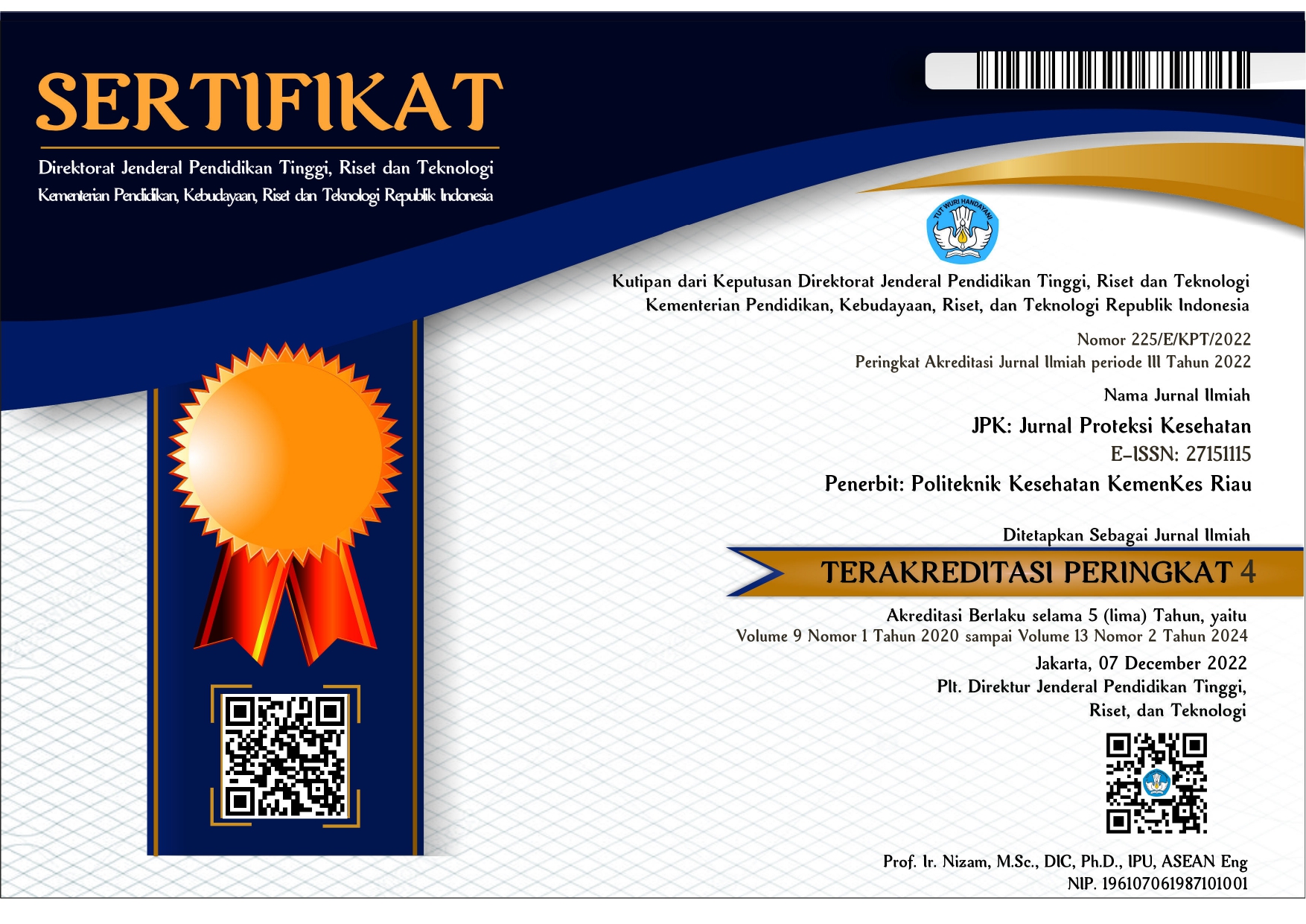Antenatal Screening of Pregnancy Risk Using KSPR in High Risk Pregnancy Women
DOI:
https://doi.org/10.36929/jpk.v12i2.736Abstrak
Throughout the world, the percentage of high-risk pregnancies ranges from 6% to 33% due to the situation and conditions of the pregnancy being at risk. The aim of this study was to carry out early antenatal screening using KSPR to determine the level of pregnancy risk experienced by pregnant women. This type of research uses a quantitative research design using analytical descriptive methods. The population in this study were high-risk pregnant women who came for a pregnancy check-up at the Obstetrics Clinic of Arifin Achmad Hospital, Pekanbaru City. The sampling technique uses a purposive sampling method. In this study, the results showed that the average respondent in the study was of healthy reproductive age, namely 20 -35 years. The average gestational age of respondents was in the third trimester, namely 28-42 weeks. A total of 57 respondents were in the Low Risk Pregnancy (KRR) category, 67 people were in the High Risk Pregnancy (KRT) category, and 54 people were in the Very High Risk Pregnancy (KRST) category. It can be concluded that the majority of respondents experienced the High Risk Pregnancy (KRT) category.












